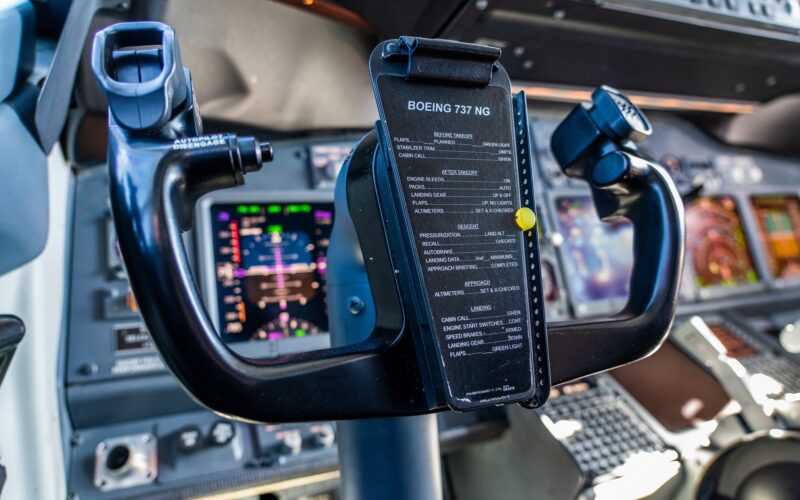Researchers Develop Backup Navigation System for Aircraft Using Cellphone Towers

In a world increasingly reliant on GPS for navigation—from casual weekend road trips to critical commercial airline routes—a team of researchers is addressing a crucial question: what happens when GPS systems fail? Their innovative solution combines weather balloons, Styrofoam coolers, and radio waves emitted by an unexpected source: cellphone towers.
Imagine a typical Styrofoam cooler suspended from a weather balloon, drifting high in the atmosphere where the blue sky meets the void of space. While it may appear as a simple science project, this unassuming container could be vital for ensuring safer air travel when GPS systems become unreliable.
At the Institute of Navigation GNSS+ conference, researchers from Sandia National Laboratories and The Ohio State University are unveiling a groundbreaking backup navigation system designed specifically for aircraft. By tapping into the often-overlooked network of radio signals that surround us, their experimental technology aims to provide a safety net when GPS—our go-to system for everything from landing planes to finding the nearest coffee shop—malfunctions.
“We’re not trying to replace GPS,” emphasizes Jennifer Sanderson, the lead researcher at Sandia, in a media release. “We’re just trying to assist it in situations where it’s degraded or compromised,” highlighting the risks that such situations pose for pilots and passengers.
The urgency for a backup navigation system is more pressing than many realize. While GPS has become the gold standard for navigation, it is not infallible. Pilots flying near conflict zones often encounter disruptions in GPS reliability. Closer to home, illegal GPS jammers—devices that emit meaningless signals to overwhelm GPS frequencies—can easily be purchased online, despite their illegality.
Even more alarming is the technique known as “spoofing,” where fake GPS signals mislead receivers into displaying incorrect locations. This technology, while harmless in mobile games, could have grave implications for aviation safety. “There are actual apps that allow you to spoof your location, and entire subreddits dedicated to showing you how to use it,” Sanderson points out.
The research team’s approach is both clever and straightforward: rather than relying solely on GPS satellites, they propose utilizing the myriad of radio signals already circulating in our atmosphere. Cellphone towers and non-GPS communication satellites continuously emit radio frequency waves that could serve as alternative navigation beacons.
To explore this idea, the team launched their experimental equipment aboard a weather balloon, reaching altitudes of up to 80,000 feet—about 15 miles high. This altitude is approximately three times higher than the cruising altitude of commercial aircraft and far exceeds previous studies that only reached 5,000 to 7,000 feet.
Housed within the seemingly ordinary Styrofoam cooler were specialized antennas designed to detect and measure a variety of radio signals. By analyzing the compression or stretching of these waves as they travel—known as the Doppler effect—the researchers can potentially determine an aircraft’s position and speed. Early results have been encouraging.
“While we are still processing the flight data, preliminary findings indicate we detected cell tower signal beacons at our peak altitude of about 82,000 feet,” Sanderson reports. “If these signals prove reliable for navigation, it will significantly alter our understanding of alternative navigation possibilities.”
The Road Ahead
Although the research is still in its infancy, there are hurdles to overcome. Currently, the team manually matches received signals to their sources using reference data—a process that needs automation for practical applications.
“The not-so-sexy but crucial aspect of navigation is understanding all your error sources,” explains Sanderson.
The implications of this research extend beyond aviation. Modern society’s dependence on GPS spans various sectors, from agriculture to financial markets. A reliable backup system could mitigate widespread disruption in the event of GPS failures.
While commercial flights may not be navigating by cellphone towers just yet, this innovative research underscores the potential for finding solutions to complex problems within the signals that surround us.
Related news: https://suspicious-zhukovsky.67-21-117-18.plesk.page/category/air-travel-business/safety/
Sources: AirGuide Business airguide.info, bing.com, studyfinds.org
